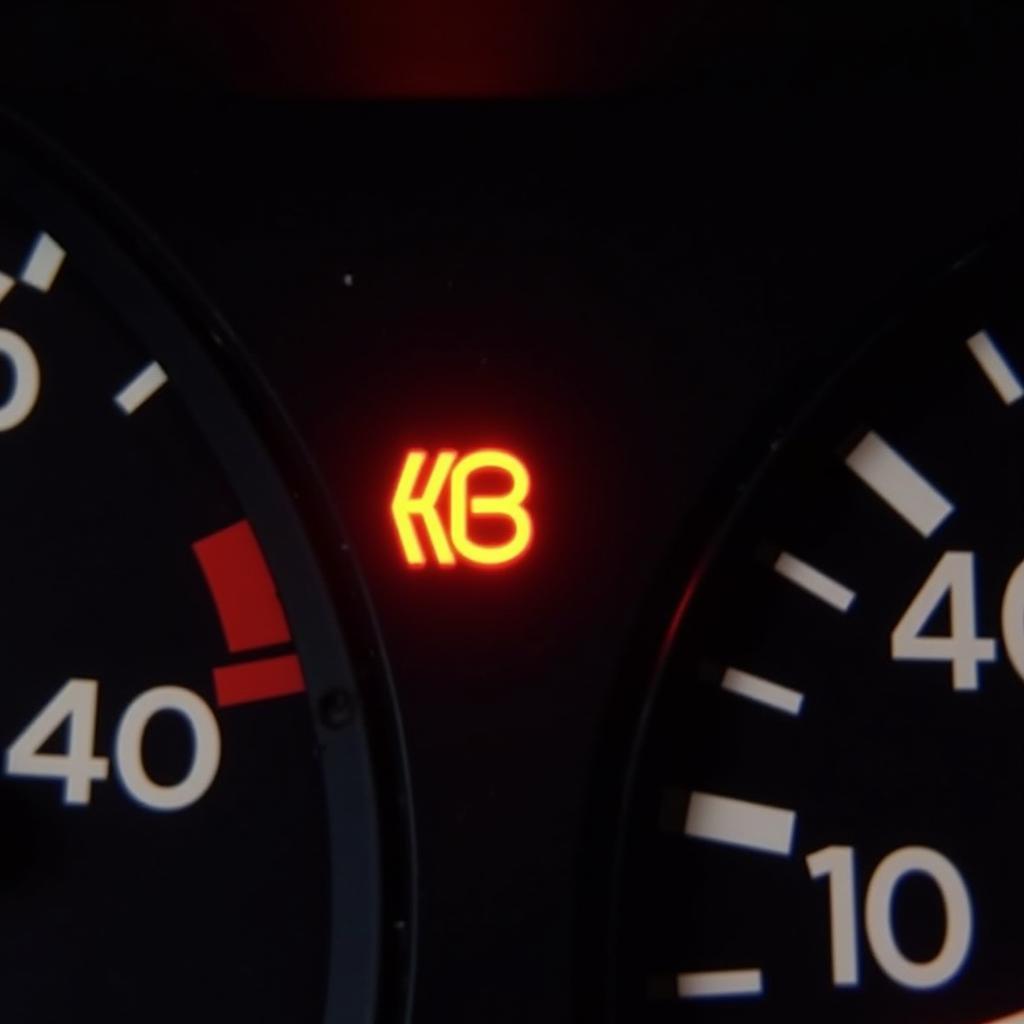A dead car battery is a frustratingly common problem, leaving you stranded and needing a jump start. Whether it’s a gradual decline or a sudden failure, understanding why your car battery die is the first step to getting back on the road. This comprehensive guide will cover the most common causes, troubleshooting tips, and solutions to help you deal with a dead battery. We’ll also explore preventive measures and remote diagnostic options that are changing the landscape of car repair.
 Dead Car Battery Jump Start
Dead Car Battery Jump Start
Common Reasons Why Your Car Battery Die
There are several reasons why your car battery might give up the ghost. Some of the most common culprits include:
- Extreme Temperatures: Both extreme heat and cold can significantly shorten a battery’s lifespan. Heat can evaporate the battery fluid, while cold can slow down the chemical reactions needed to produce power. If your key fob unlocks but won’t start car, a temperature-weakened battery could be the problem.
- Old Age: Like any other component, car batteries have a limited lifespan, typically 3-5 years. Over time, the battery’s ability to hold a charge diminishes, leading to a dead battery.
- Parasitic Drain: Even when your car is off, certain electrical components, like the clock or radio, continue to draw power. A faulty component or a forgotten interior light can drain your battery overnight.
- Corrosion: Corrosion on the battery terminals can disrupt the flow of electricity, preventing the battery from charging properly and eventually leading to failure.
- Short Trips: Short trips don’t give the alternator enough time to fully recharge the battery, especially if you’re using power-hungry accessories like the heater or air conditioning.
- Alternator Issues: A malfunctioning alternator can’t recharge the battery effectively, eventually causing it to die.
 Corroded Car Battery Terminals
Corroded Car Battery Terminals
Troubleshooting a Dead Car Battery
“A systematic approach to troubleshooting can save you time and money,” says automotive electrical expert, David Miller, ASE Certified Master Technician. “Start with the basics before assuming the worst.”
If your car battery die, here’s what you should do:
- Check the Battery Terminals: Look for corrosion on the terminals. If you see any, clean them with a wire brush and a mixture of baking soda and water.
- Try Jump Starting: If the terminals are clean, try jump-starting the car using another vehicle or a portable jump starter. If the car starts, it indicates a problem with the battery or the charging system.
- Test the Alternator: Once the car is running, check the voltage across the battery terminals using a multimeter. A reading between 13.5 and 14.5 volts indicates a healthy alternator. A lower reading could mean your alternator is failing.
Remote Diagnostics and Programming: The Future of Car Repair
Modern technology is revolutionizing car repair. Remote diagnostics and programming allow technicians to identify and fix software-related issues without even being physically present. This is particularly helpful for resolving complex electrical problems that might contribute to a car battery die situation. Services like remote software installations and updates can address glitches that cause parasitic drain or other battery-related issues. This technology not only saves time but also expands access to specialized expertise. For example, you can now reset a bmw brake warning light reset remotely, further simplifying the car maintenance process.
Preventing a Dead Car Battery
“Prevention is always better than cure,” advises Sarah Chen, Lead Electrical Engineer at AutoTech Solutions. “Regular maintenance can significantly extend your battery’s lifespan.”
Here are some preventive measures:
- Regular Battery Testing: Get your battery tested every six months, especially during extreme weather conditions.
- Clean Terminals: Keep the battery terminals clean and free of corrosion.
- Limit Short Trips: If possible, combine short trips or avoid them altogether.
- Turn Off Accessories: Make sure all lights and accessories are turned off when the car is not in use. If you find that your car key fob battery low, consider replacing it to avoid unnecessary drain on the car battery. For specific models like the Kia Sportage, you can find guides on replacing the kia sportage key fob battery. Similar resources are also available for other makes, like learning how to change battery in subaru key fob.
Conclusion
A car battery die can be a major inconvenience, but understanding the causes and taking preventive measures can help you avoid this frustrating situation. By following the troubleshooting tips and considering remote diagnostic options, you can get back on the road quickly and efficiently. Regular maintenance and proactive care are key to keeping your car battery healthy and reliable.
FAQ
- How long does a car battery last? Typically, car batteries last 3-5 years.
- Can I jump-start my car myself? Yes, you can jump-start your car using another vehicle or a portable jump starter.
- What are the signs of a failing alternator? Dim headlights, flickering interior lights, and a dead battery are common signs of a failing alternator.
- How can I prevent my car battery from dying? Regular testing, clean terminals, limiting short trips, and turning off accessories can help prevent a dead battery.
- What are remote diagnostics? Remote diagnostics allow technicians to diagnose and fix car problems remotely using software and data.
- How often should I clean my battery terminals? Cleaning your battery terminals every six months is recommended.
- What should I do if my car battery keeps dying? Have your car’s electrical system checked by a qualified mechanic. The problem could be a failing alternator or a parasitic drain.


